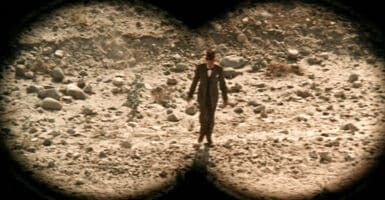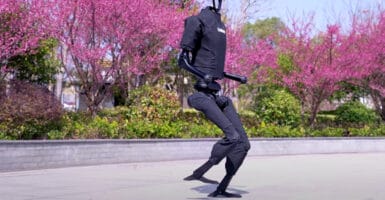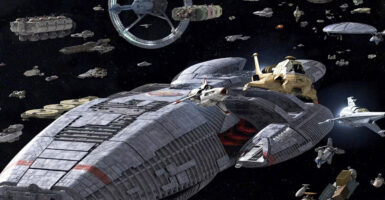The Best Times Sci-Fi Movies Predicted Future Technology
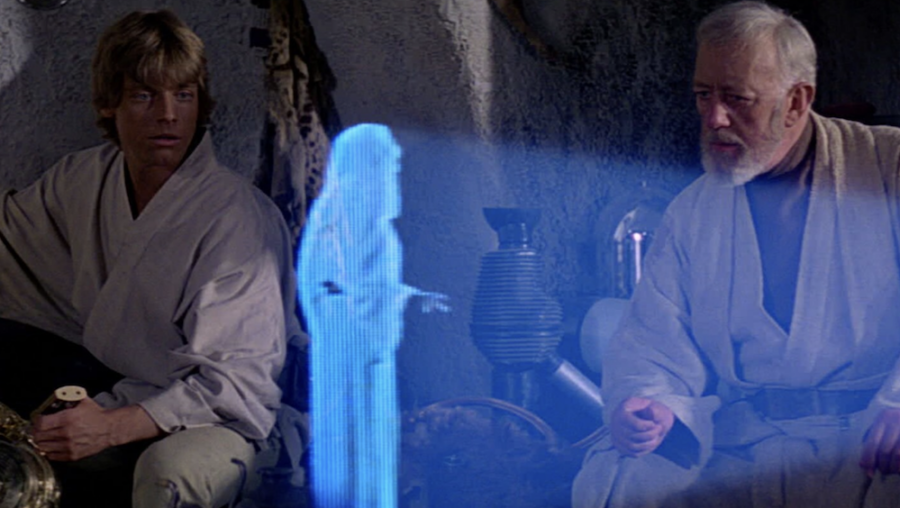
Sci-fi movies often serve to give us a glimpse of what’s to come, but as every Back to the Future fan who has ever asked, “Where’s my damn flying car” can attest, these futuristic predictions are usually very wrong.
Every now and then, though, a sci-fi film gives us a prediction that is eerily accurate, especially when it comes to technology. With that in mind, we’ve compiled a definitive list of the best times that sci-fi movies managed to predict future tech.
Back to the Future Part II – Video Calling
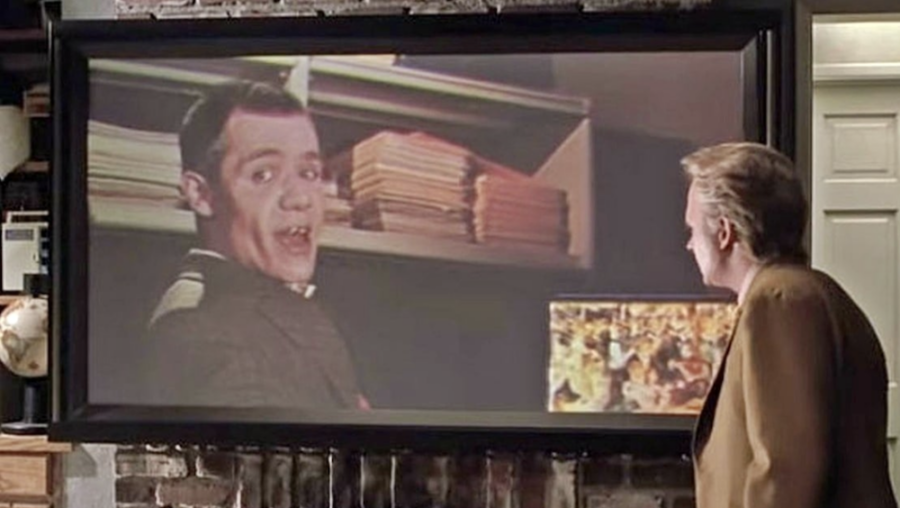
While other sci-fi had shown video communication before (most notably, Star Trek: The Original Series), the movie Back to the Future Part II gave us a very realistic prediction about video calling.
In the film’s far-flung future of 2015, we saw that instead of using conventional phone calls, characters remotely communicate using video calls.
Simply showing us this accurate glimpse of the future would have been impressive enough, but the movie also gets bonus points for predicting how much the average person hates getting a video call.
Just look at Marty McFly’s expression as he gets a video call from Needles and tell us that’s not exactly how you look when grandma hits the video call instead of just sending you a text.
Star Trek: First Contact – Tablet Computers
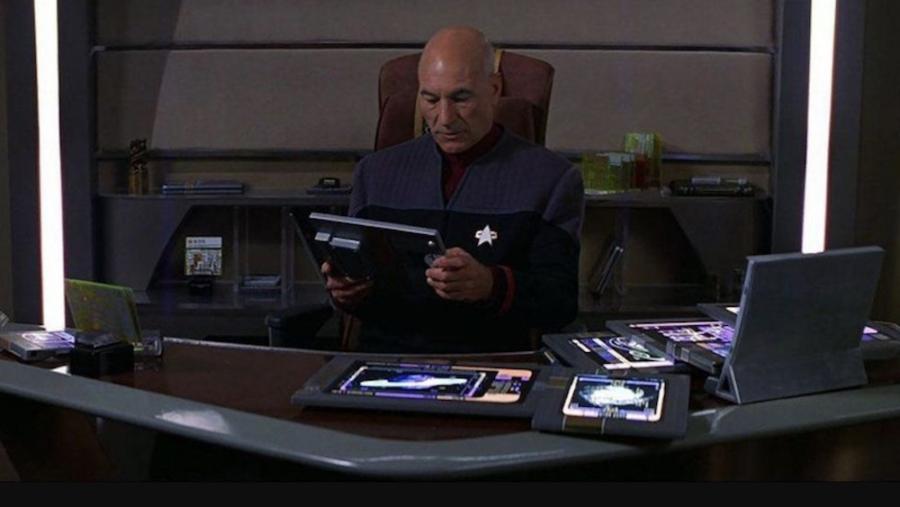
As sci-fi movies go, Star Trek’s films did a good job of adding new elements while retaining many of the key elements of the shows. For example, we see that in Star Trek: First Contact, characters like Captain Picard constantly use tablet computers.
These tablets look stunningly like futuristic iPads, which is doubly interesting since this bit of Treknology is called a PADD.
Of course, there are limits to how accurately Trek predicted this. For example, Trek’s writers never really anticipated the development of Wi-Fi, leading to scenes in this film and especially in the TV show Deep Space Nine where characters are carrying multiple tablets around rather than wirelessly accessing everything via a single tablet.
Mission Impossible: Ghost Protocol – 3D Printing
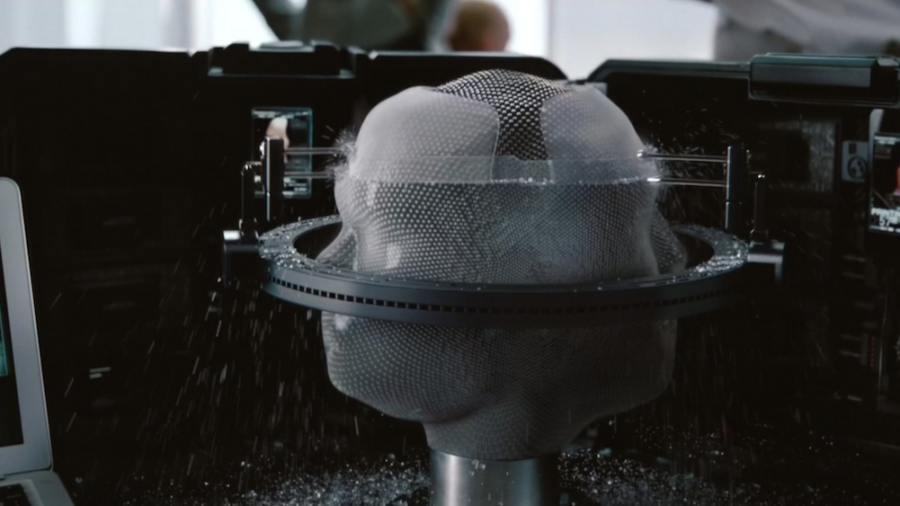
Ok, before anyone yells at us that it’s not a sci-fi movie, we’d like to point out that Mission Impossible: Ghost Protocol involves a man climbing the world’s largest building using futuristic gloves and impersonating people with completely accurate facial masks.
That’s certainly science fiction in our book, and the masks have been a part of the franchise since the original show. But this movie gave us a very close look at how our characters can make these masks on the go, especially when they don’t know ahead of time who they will be impersonating.
Specifically, we see that these masks are 3D printed on the fly. While it’s still not a very realistic way of creating those futuristic masks, it was cool seeing the printing in action, especially when this movie came out a few years before 3D printing went mainstream.
Now, things have come full circle: every day, cosplayers, modelers, and even Hollywood design departments use these printers to make facial masks in order to change their appearance.
Total Recall – Self-Driving Cars
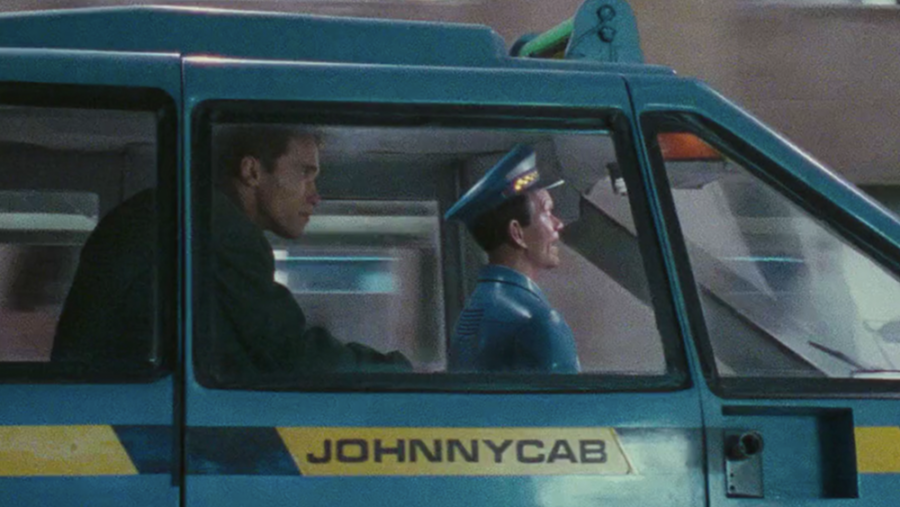
Depending on how much you like driving around, one of the loftier predictions of sci-fi movies like Total Recall is that we’ll eventually have fully self-driving cars.
The attraction of such technology is very simple: whether you need to catch up on some work or just catch up on your sleep, there is quite a bit we could get done if we didn’t have to actually drive during our commuting to and from work.
In Total Recall, the self-driving car comes courtesy of an embedded robot named Johnny Cab, voiced by Star Trek legend Robert Picardo. In real life, this technology is simply built directly into certain cars such as Teslas.
However, self-driving cars in real-life were involved in about 400 accidents in 2022 alone, showing that this technology still has a long way to go.
2001: A Space Odyssey – Artificial Intelligence
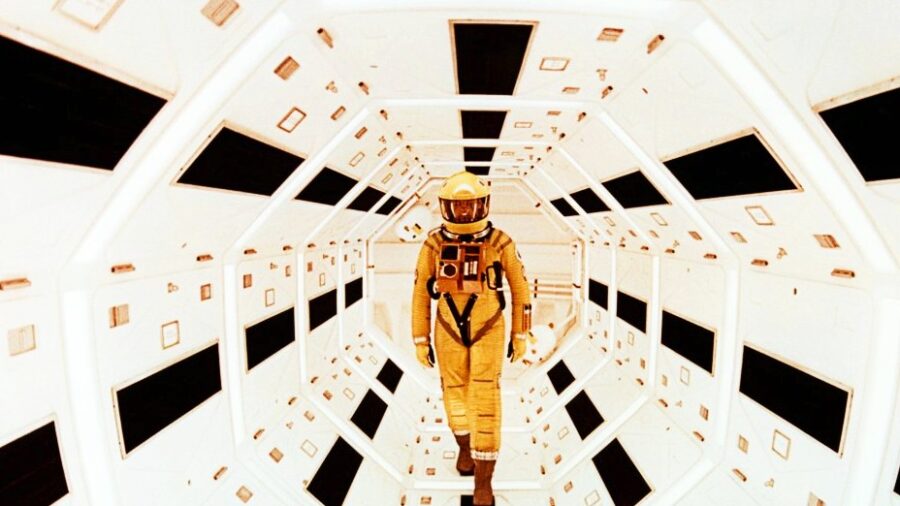
These days, everyone alternates between being excited by and terrified of artificial intelligence. For example, some users love how easy AI makes it to do everything from brainstorming to complex programming tasks.
However, Hollywood writers and actors are currently on strike out of a very rightful fear that greedy executives will use AI to replace everyone’s jobs and basically strip movies and TV shows of their remaining humanity.
However, anxiety about AI isn’t really that new: the classic sci-fi movie 2001: A Space Odyssey showed us how dangerous it could be to trust our lives to an intelligence that can only think but never feel.
And while we don’t think our modern AI will try to outright kill us like HAL 9000 did, the truth is that AI prevents an existential crisis for far more people than you have ever imagined.
Star Wars and Holographic Displays
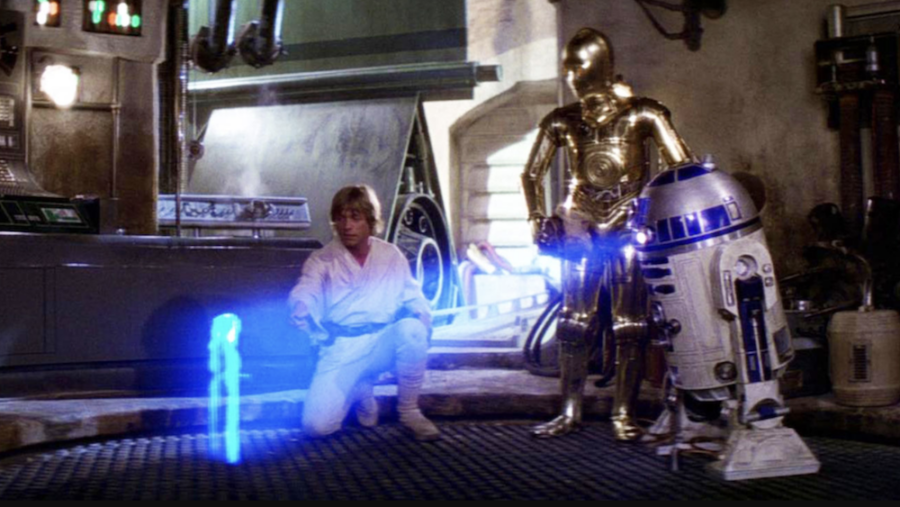
Despite taking place “a long time ago,” Star Wars has always been considered a sci-fi movie due to its emphasis on technology. And this isn’t always limited to things like spaceships or lightsabers: in one of the most famous scenes in cinematic history, A New Hope showed us just how cool holographic communication could really be.
And for better or for worse, this helped inspire some of the crazier applications for holographic technology in the real world. Via holograms, we have seen dead celebrities brought back to life and game developers explore the next big thing in immersive gaming.
And speaking of immersion, modern startups are even exploring how holograms can help us create our own holodecks like the kind we see in Star Trek.
The Matrix – Neural Interface Technology
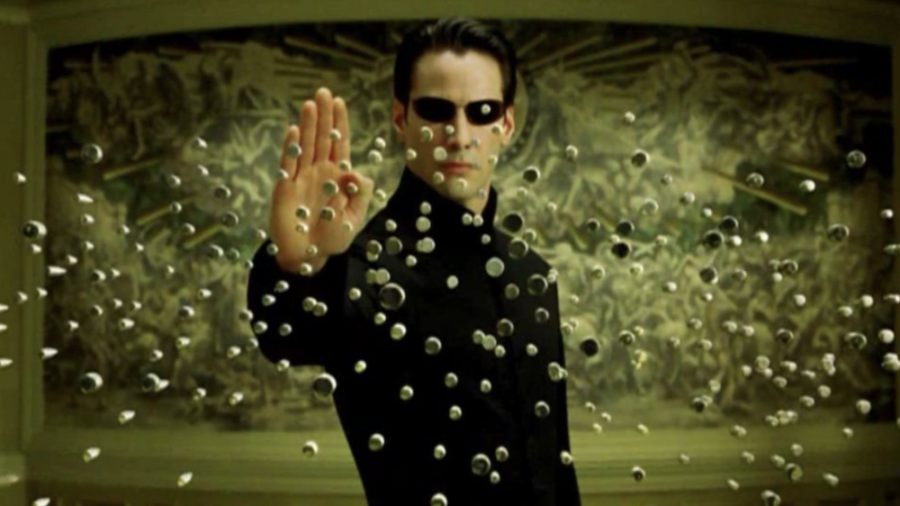
We love The Matrix for many reasons, including the fact that it’s a sci-fi movie adaptation of an ancient Greek parable. This futuristic twist on Plato’s allegory of the cave showed us how liberated individuals in the real world can visit the titular Matrix and interact with its still-unaware inhabitants. And they do this through special neural interface technology that connects their brains to a virtual world.
While it’s still in early stages, Elon Musk’s company Neuralink is currently leading the pack in creating a “brain-computer interface.” Of course, between the fact that his company killed 1,500 animals in early experiments and that Musk is personally running the social media site Twitter into the ground, we don’t think too many people will be taking Elon’s brand of “red pill” anytime soon.
